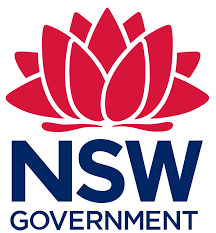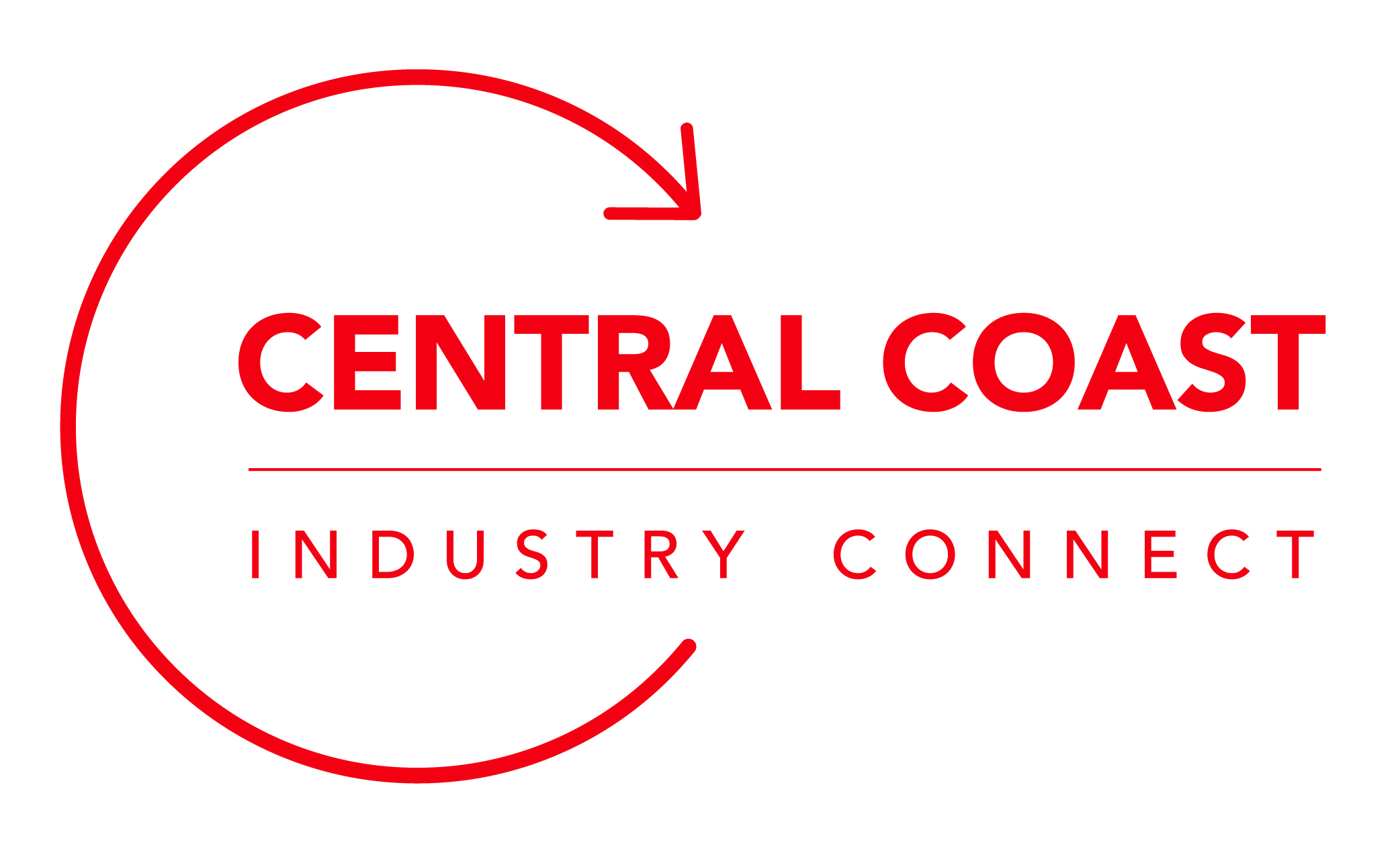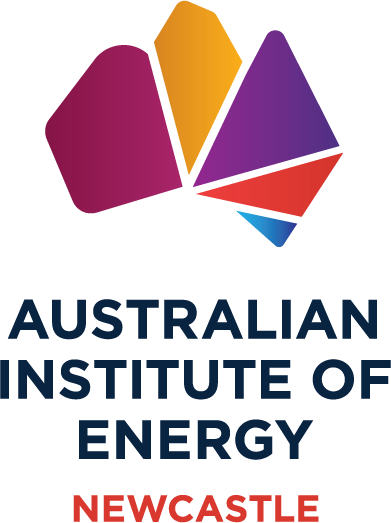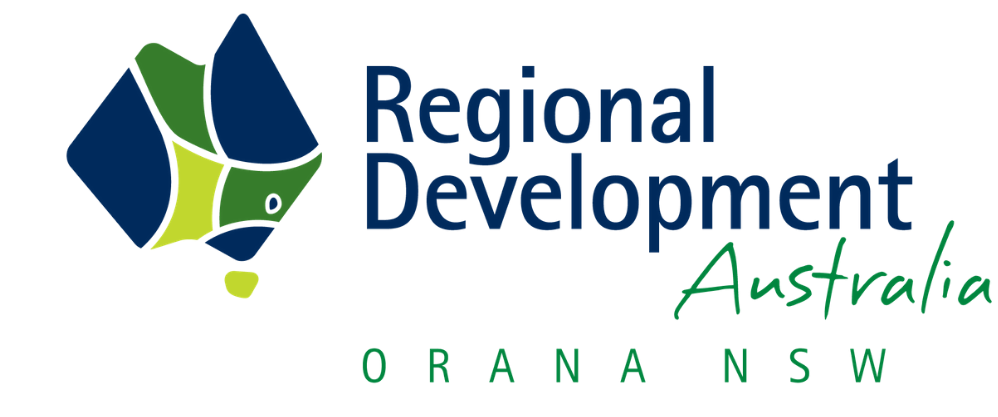Hunter offshore wind industry a step closer with licence offer
Chris Bowen, Minister for Climate Change and Energy, has revealed the next steps for the Hunter offshore wind zone.
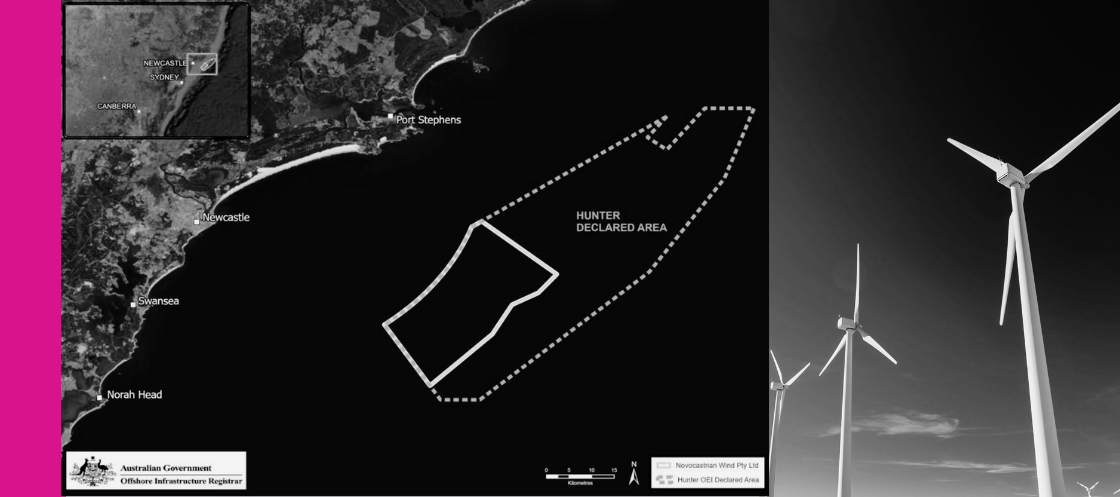
The Federal Government has preliminarily offered a feasibility licence to Equinor and Oceanex for the proposed Novocastrian Wind Pty Ltd project. This was the only licence proposed due to overlapping applications from other parties that were deemed less meritorious.
If the project proceeds, it is expected to create around 3,000 construction jobs and 200-300 permanent roles, and could generate over 2 GW of electricity, enough to power 1.2 million homes or two Tomago smelters.
Minister Bowen said the shortlisted project did the most to support the Hunter’s industries and communities while protecting the environment and sharing the ocean.
“The Hunter has been an industrial and economic powerhouse for generations, and my decision today is a big step towards providing that powerhouse with reliable renewables,” Minister Bowen said.
“The project I’ve shortlisted offers the biggest rewards for the Hunter and Australia – supporting our workforce and energy security, protecting our environment and sharing our marine space with the people and industries who rely on it today.”
Further consultations with applicants and First Nations groups are planned before a final decision is made. Ongoing discussions with local communities, unions, and marine users will ensure that stakeholder input is incorporated throughout the feasibility licence process. Environmental studies and detailed management plans will also be prepared.
To ensure the project benefits the local community, offshore wind developers are required to use Australian supply chains and closely consult with local industries and workers. This approach aims to ensure that local workers and businesses are integral to the development of the new industry.
The Minister also confirmed that recreational fishing would be allowed within the offshore wind zone, similar to practices in the UK and Denmark, where turbines are spaced about 2 kilometres apart with a 50-metre exclusion zone around each turbine. This arrangement allows fishing vessels to continue their operations within the wind farm.
If feasibility for the Novocastrian Wind Pty Ltd project is proven, the developer can then apply for a commercial licence to build an offshore wind project to generate electricity commercially.
Member for Newcastle Sharon Claydon said that there is no other region as well placed as Newcastle to take advantage of the fantastic opportunities presented by renewable energy and the offshore wind industry.
“Newcastle’s world class infrastructure, our deepwater port, skilled workforce, abundant resources and energy smarts means our region is poised to lead this transformation,” Ms Claydon said.
“A new offshore wind industry in Newcastle means new jobs in local manufacturing, construction, maritime, transport and logistics industries, as well growing our vocational education and training pathways – at TAFE and University."




